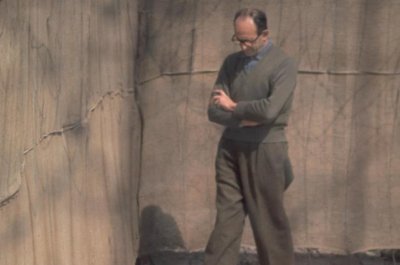Topic: Stan Kenton
Stanley Newcomb "Stan" Kenton (December 15, 1911 – August 25, 1979) was a pianist, composer, and arranger who led a highly innovative, influential, and often controversial American jazz orchestra. In later years he was widely active as an educator.
Stan Kenton was born in Wichita, Kansas, and raised first in Colorado, then in California. He learned piano as a child, and while still a teenager toured with various bands. He attended Bell High School, in Bell, California, where he graduated in 1930. In June 1941 he formed his own band, which developed into one of the best-known West Coast ensembles of the 1940s. In the mid-1940s, Kenton's band and style became known as "The Wall of Sound", a tag later used by Phil Spector.
Kenton played in the 1930s in the dance bands of Vido Musso and Gus Arnheim, but his natural inclination was as a band leader. In 1941 he formed his first orchestra, which later was named after his theme song "Artistry in Rhythm". A competent pianist, influenced by Earl Hines, Kenton was much more important in the early days as an arranger and inspiration for his loyal sidemen. Although there were no major names in his first band (bassist Howard Rumsey and trumpeter Chico Alvarez come the closest), Kenton spent the summer of 1941 playing regularly before a very appreciative audience at the Rendezvous Ballroom in Balboa Beach, CA. Influenced by Jimmie Lunceford (who, like Kenton, enjoyed high-note trumpeters and thick-toned tenors), the Stan Kenton Orchestra struggled a bit after its initial success. Its Decca recordings were not big sellers and a stint as Bob Hope's backup radio band was an unhappy experience; Les Brown permanently took Kenton's place.
It uses material from the Wikipedia article "Stan Kenton."






